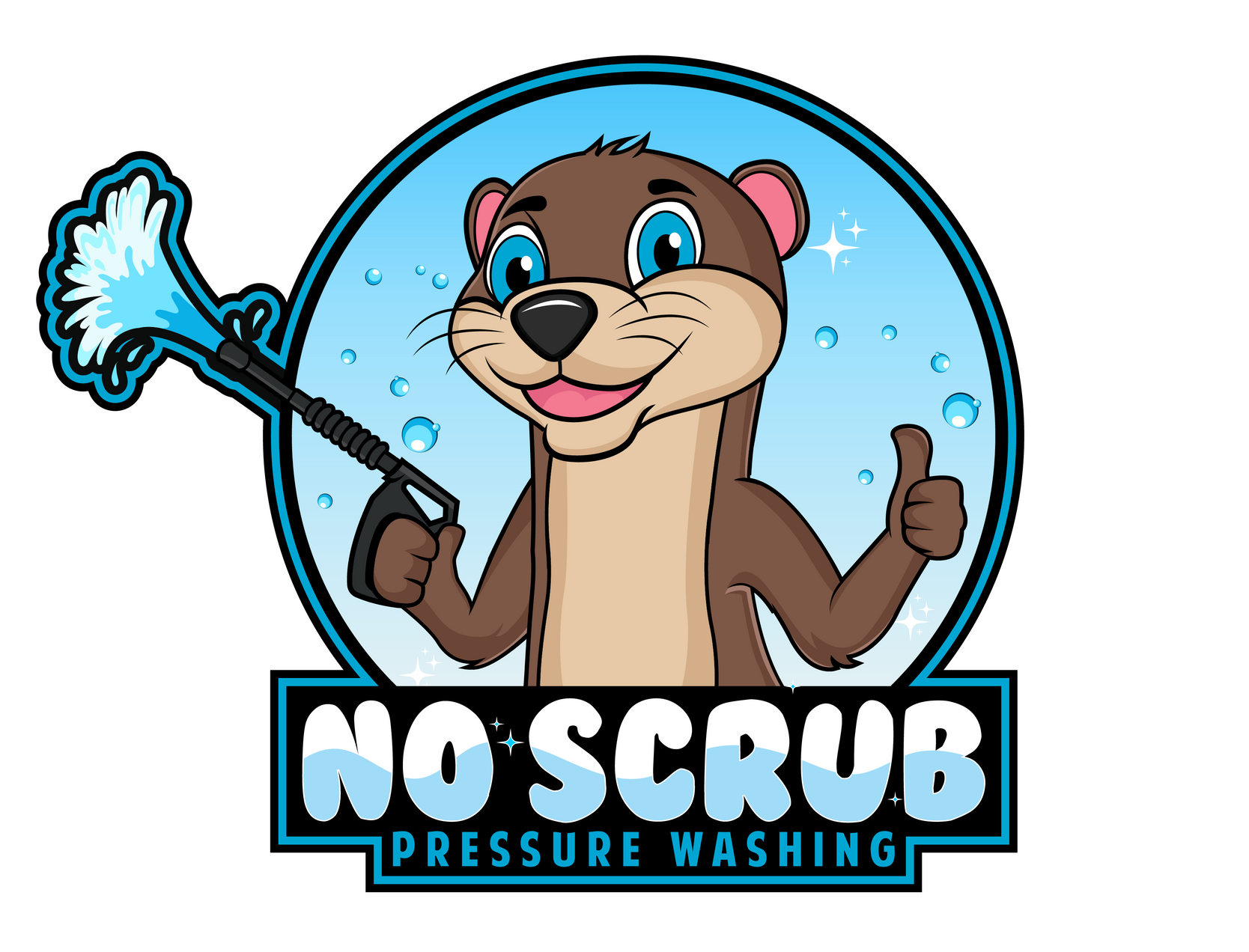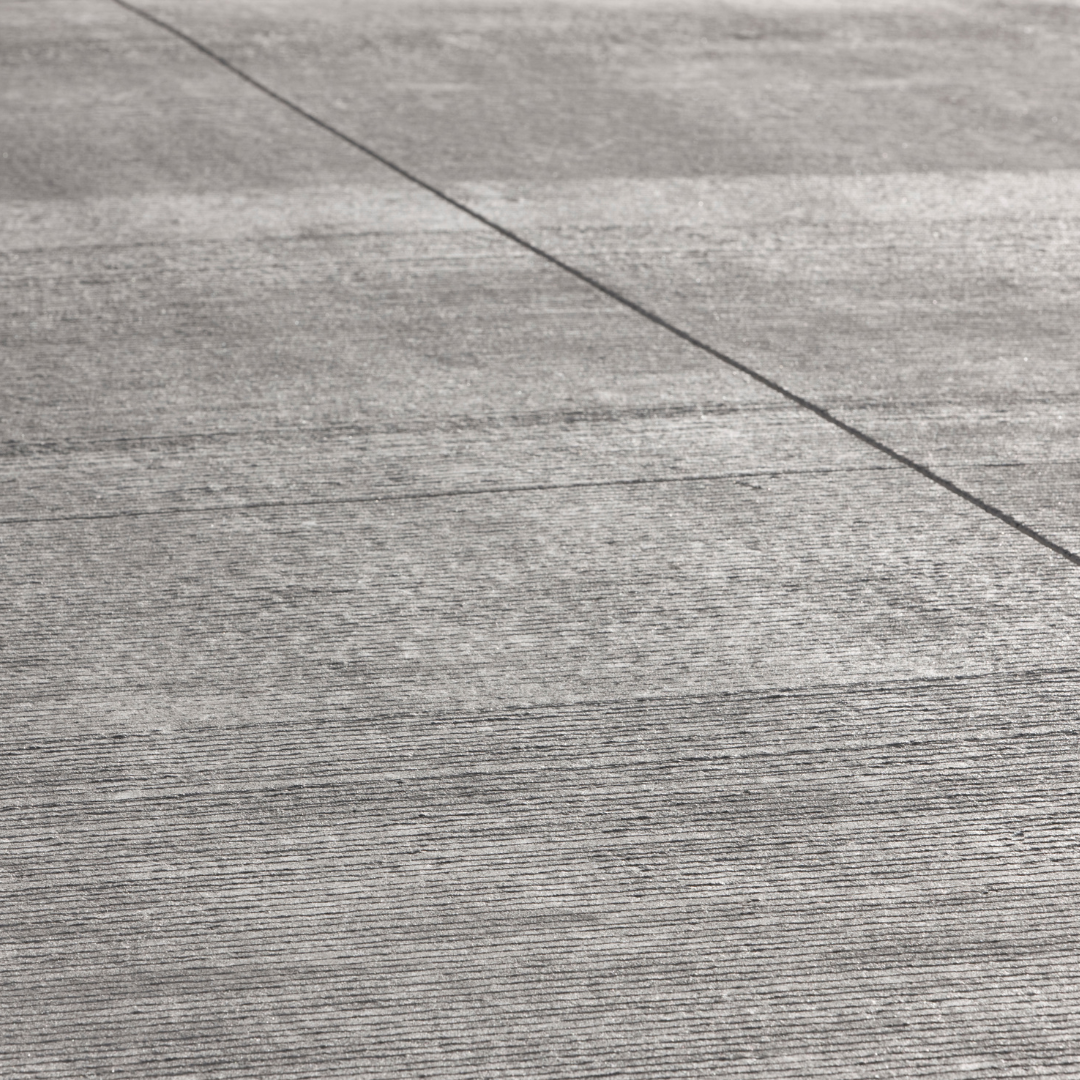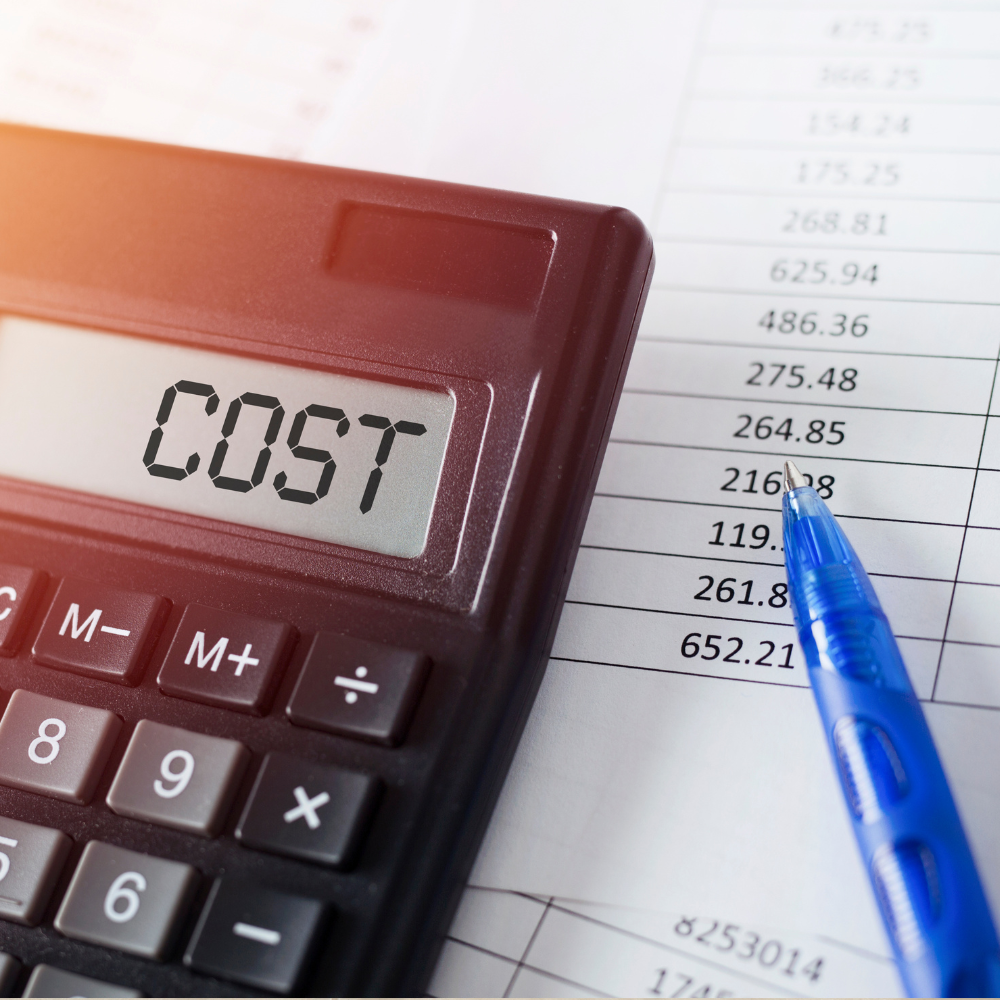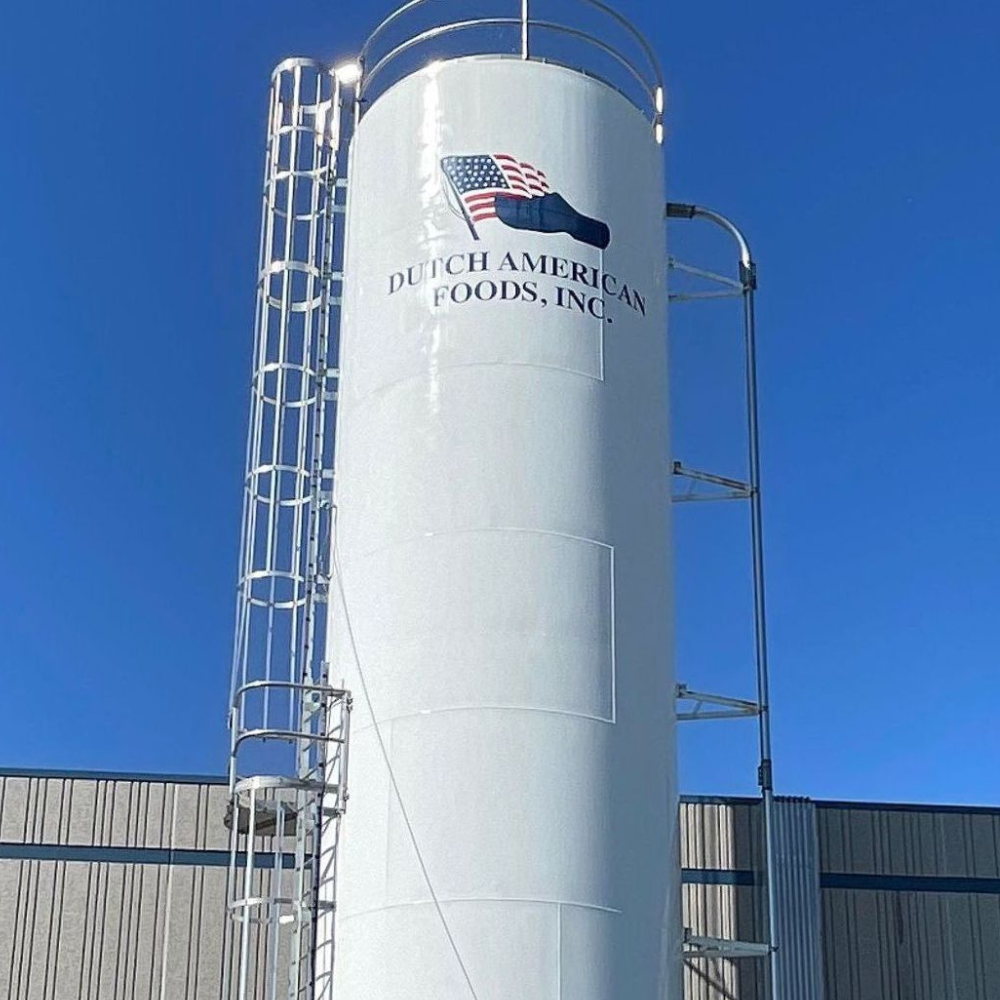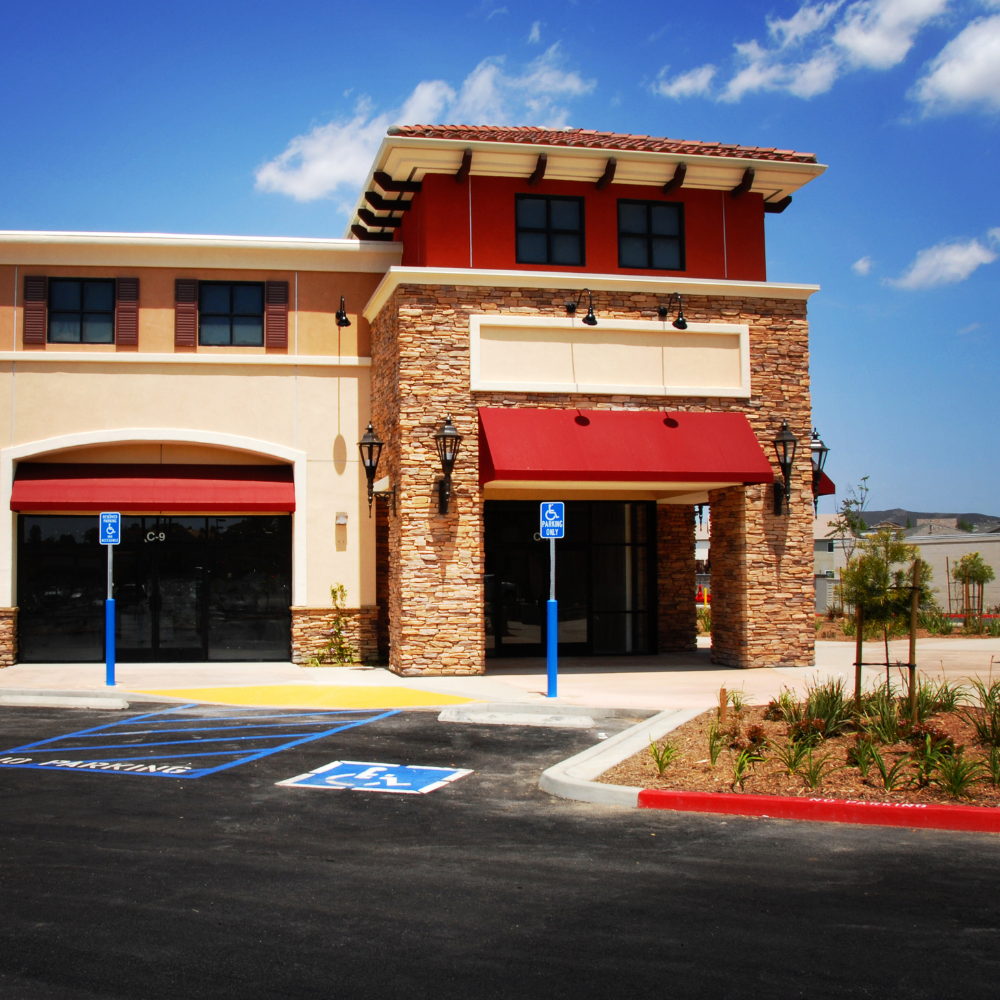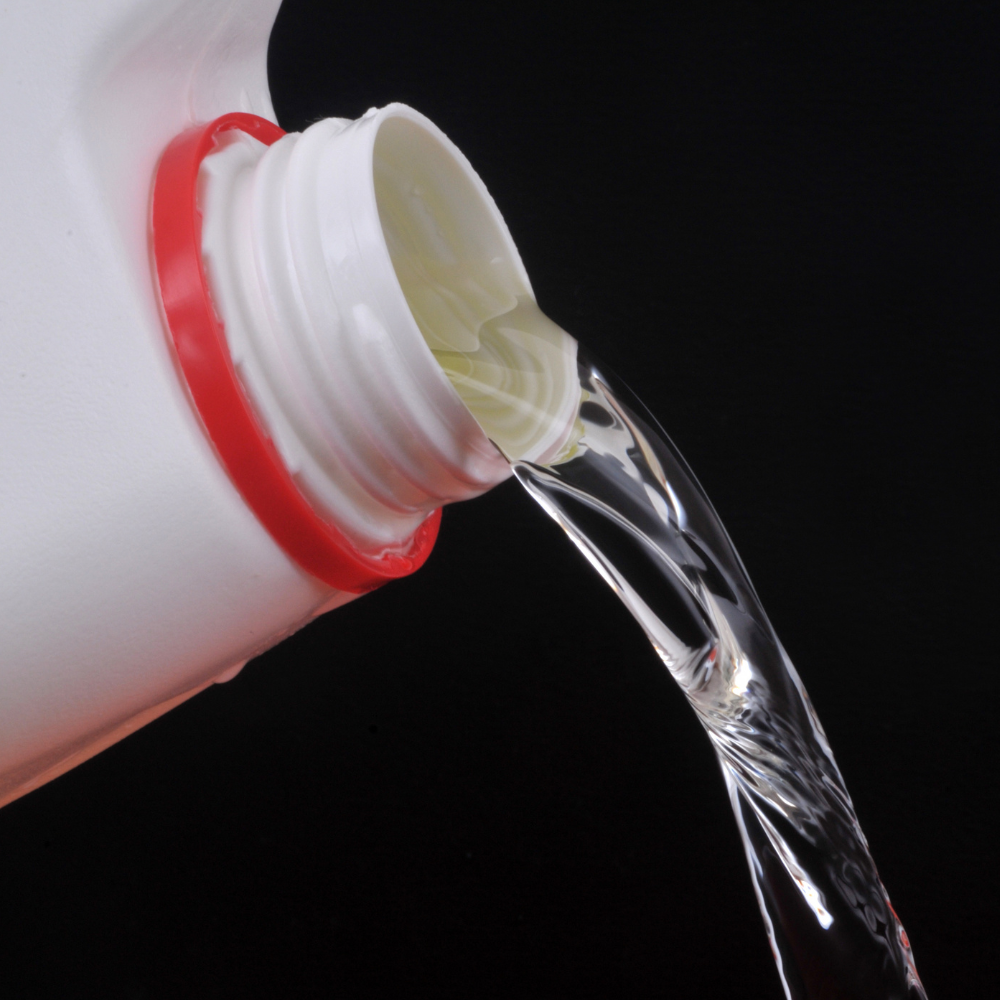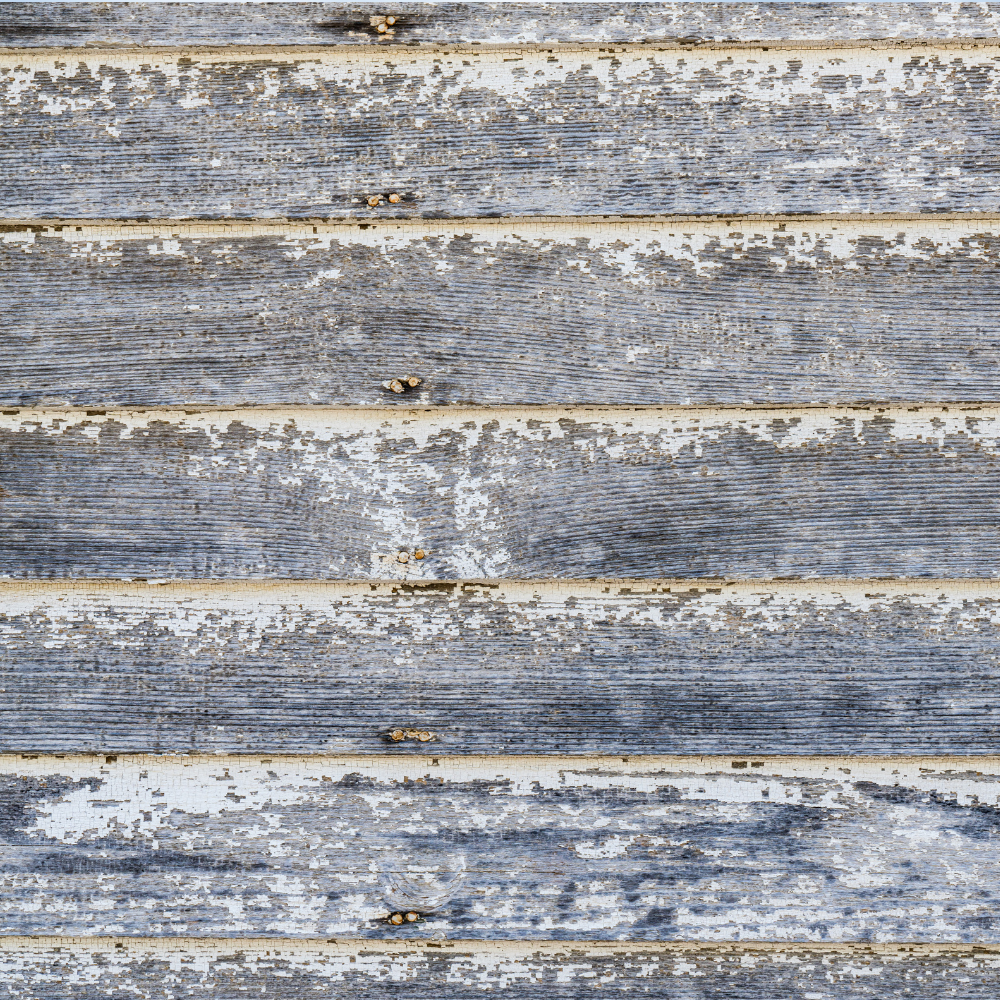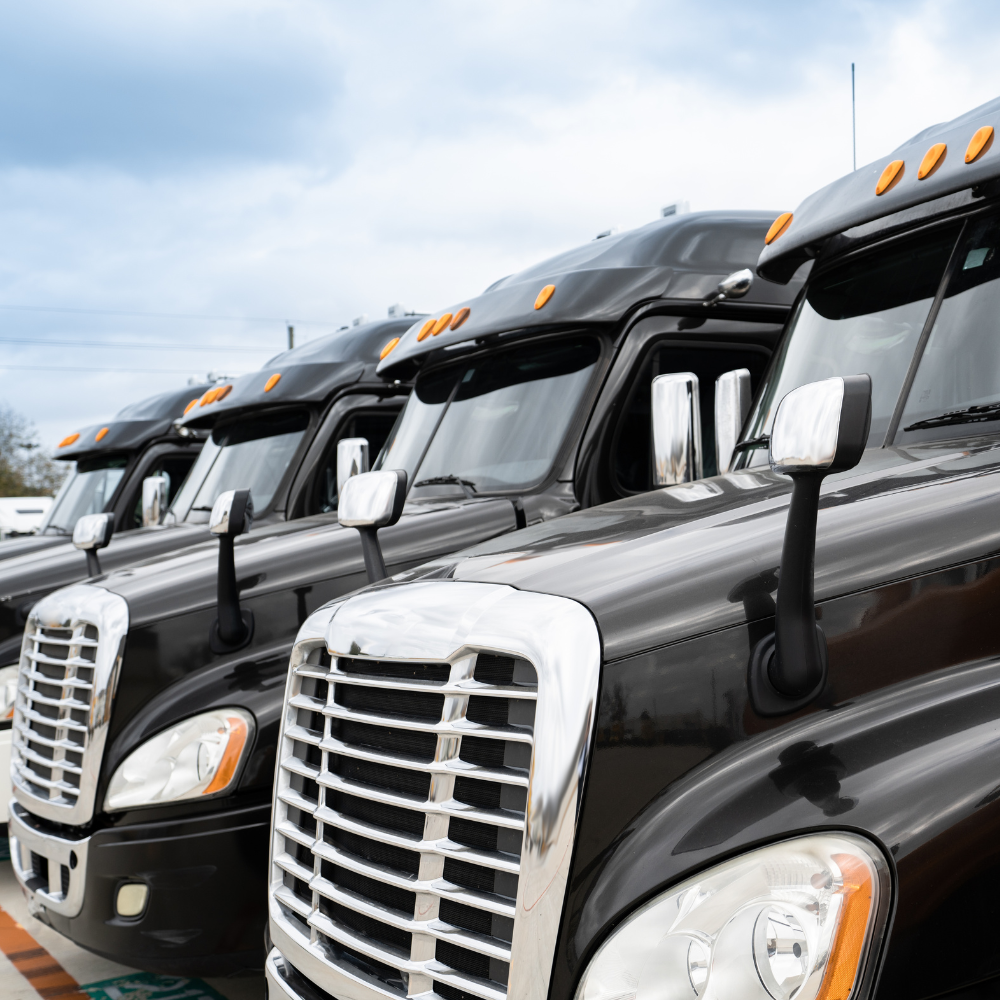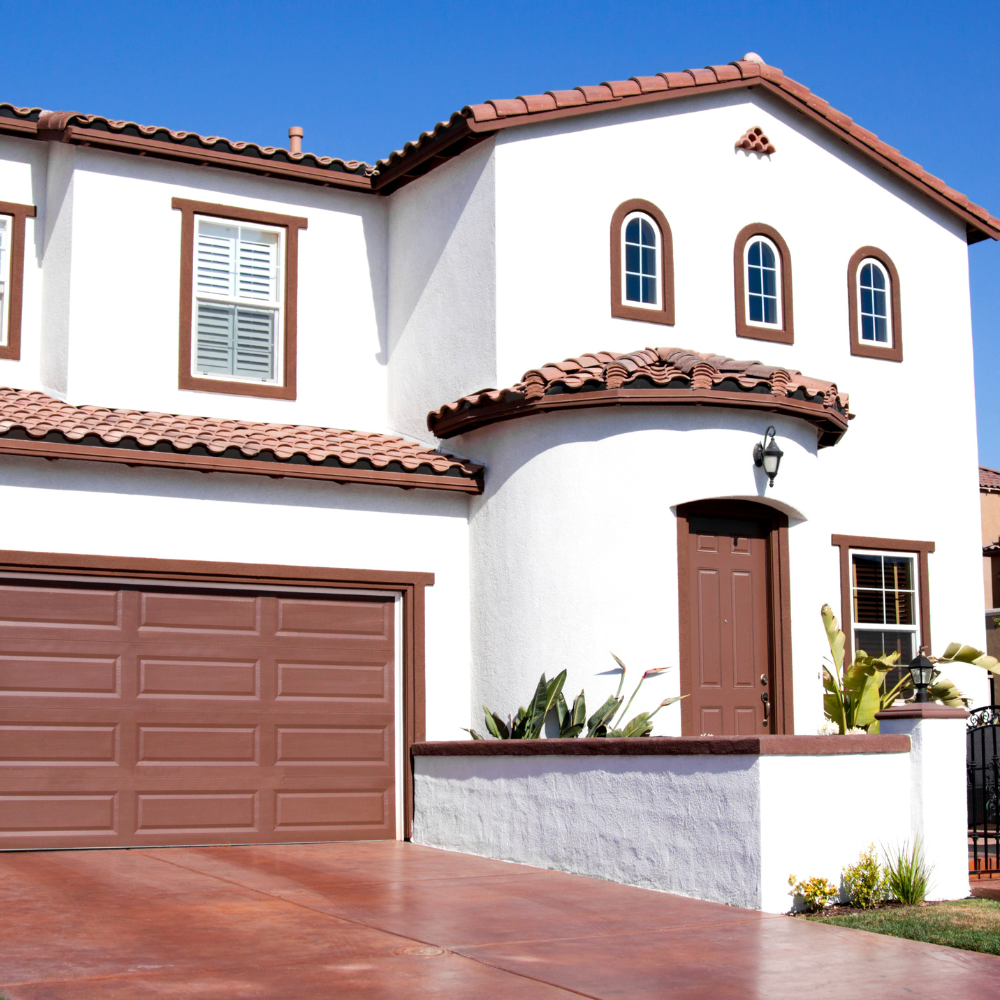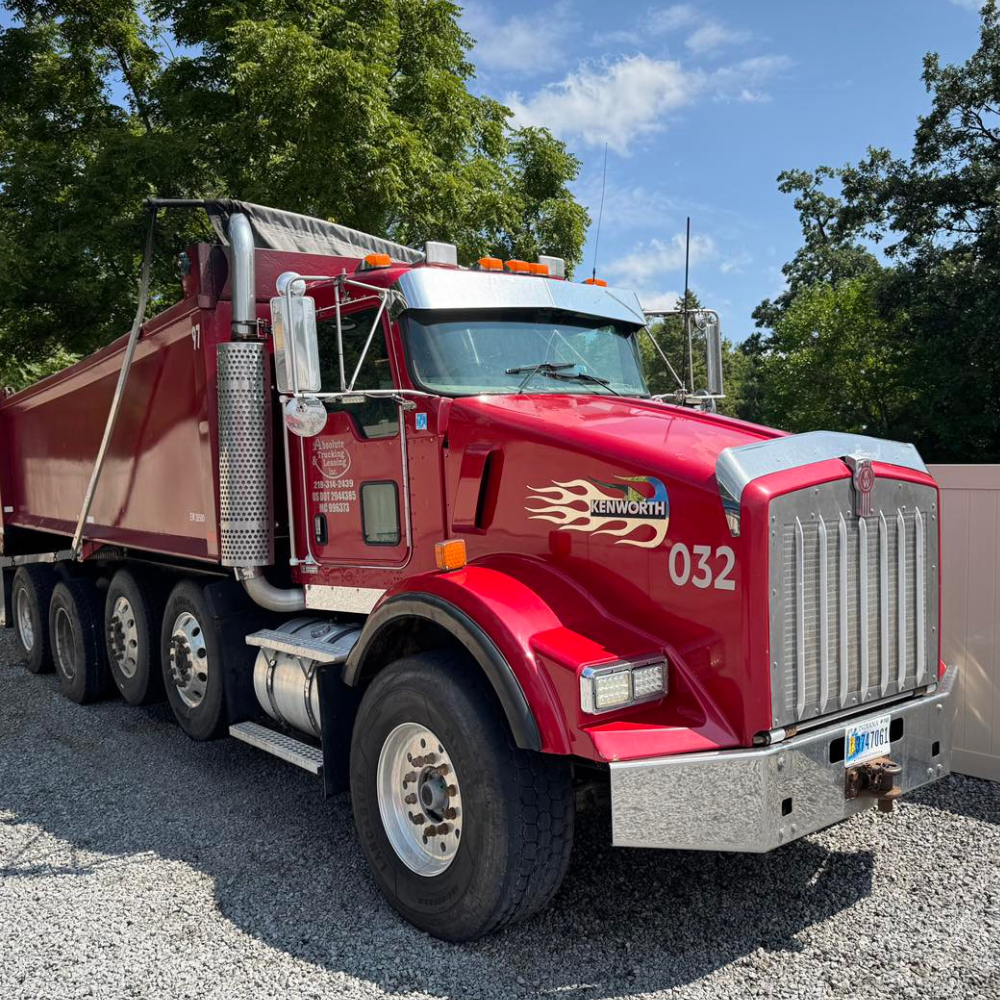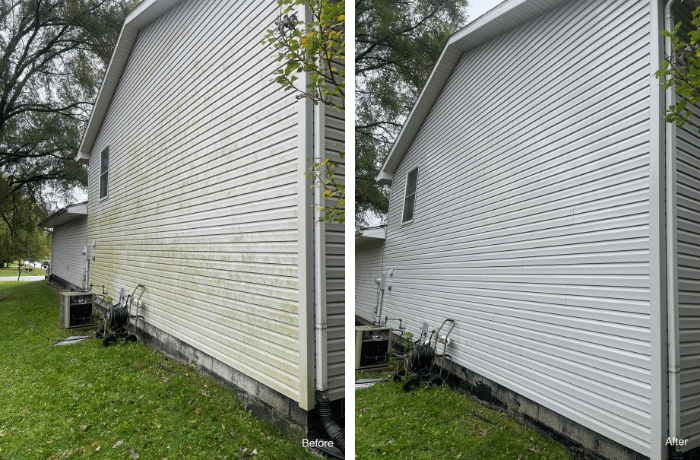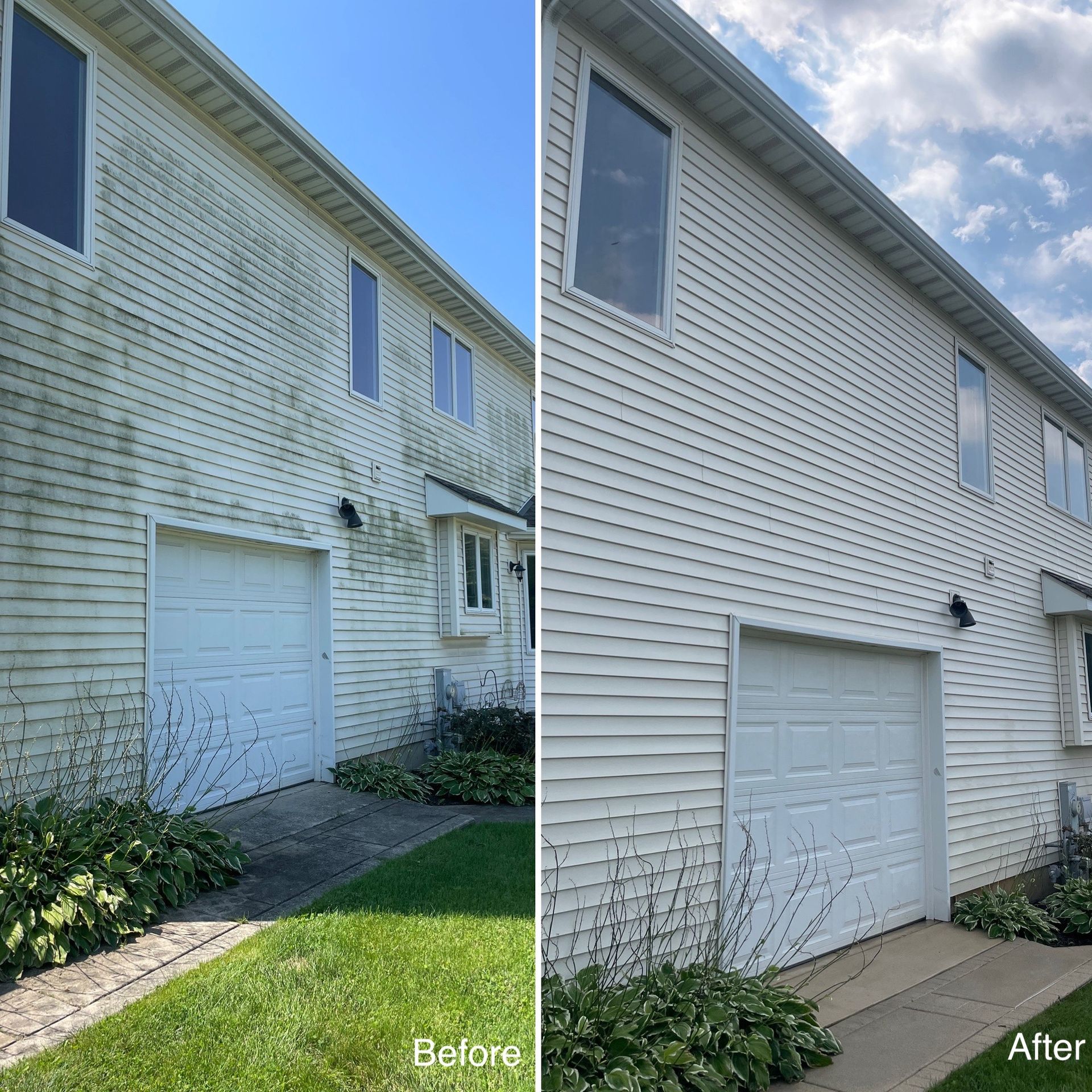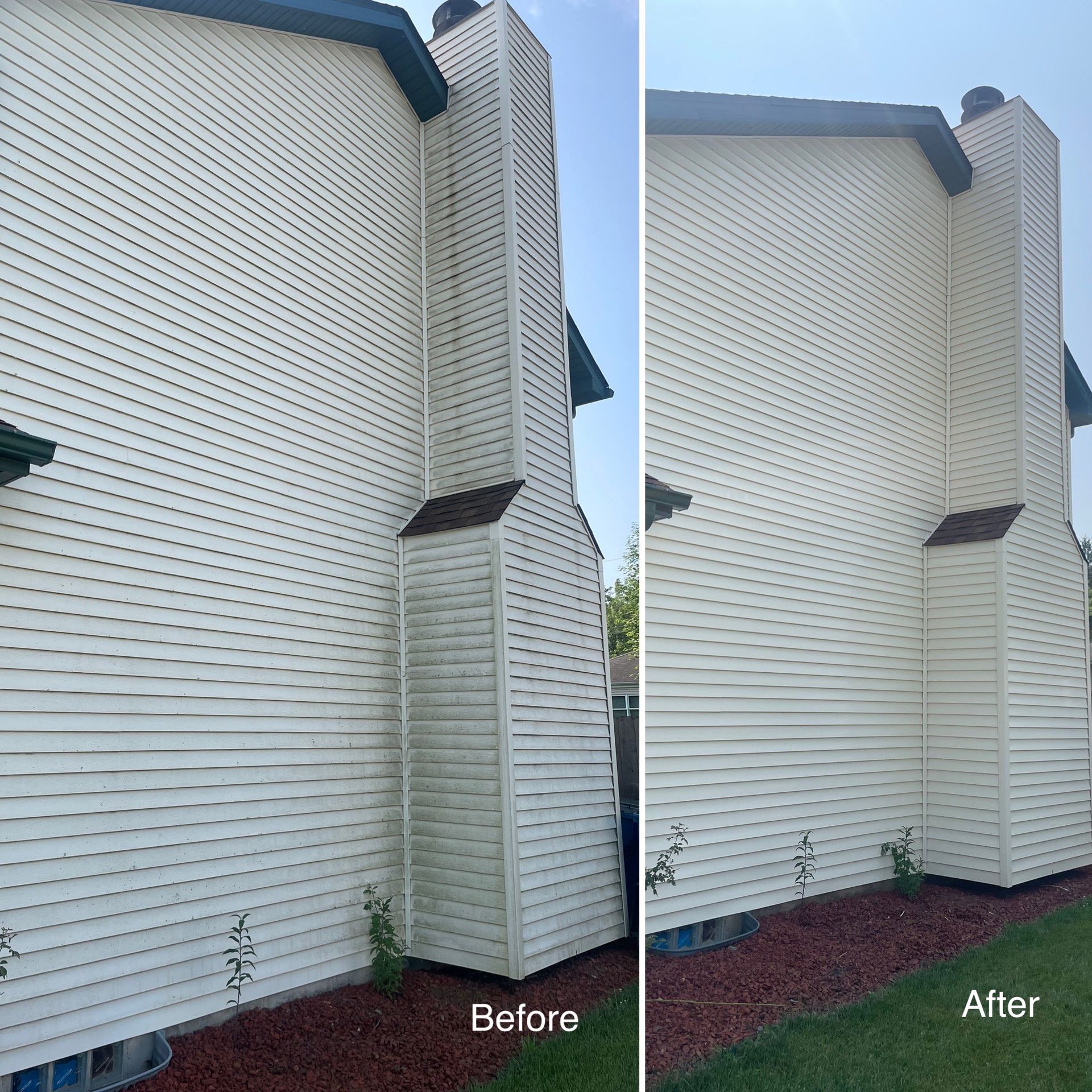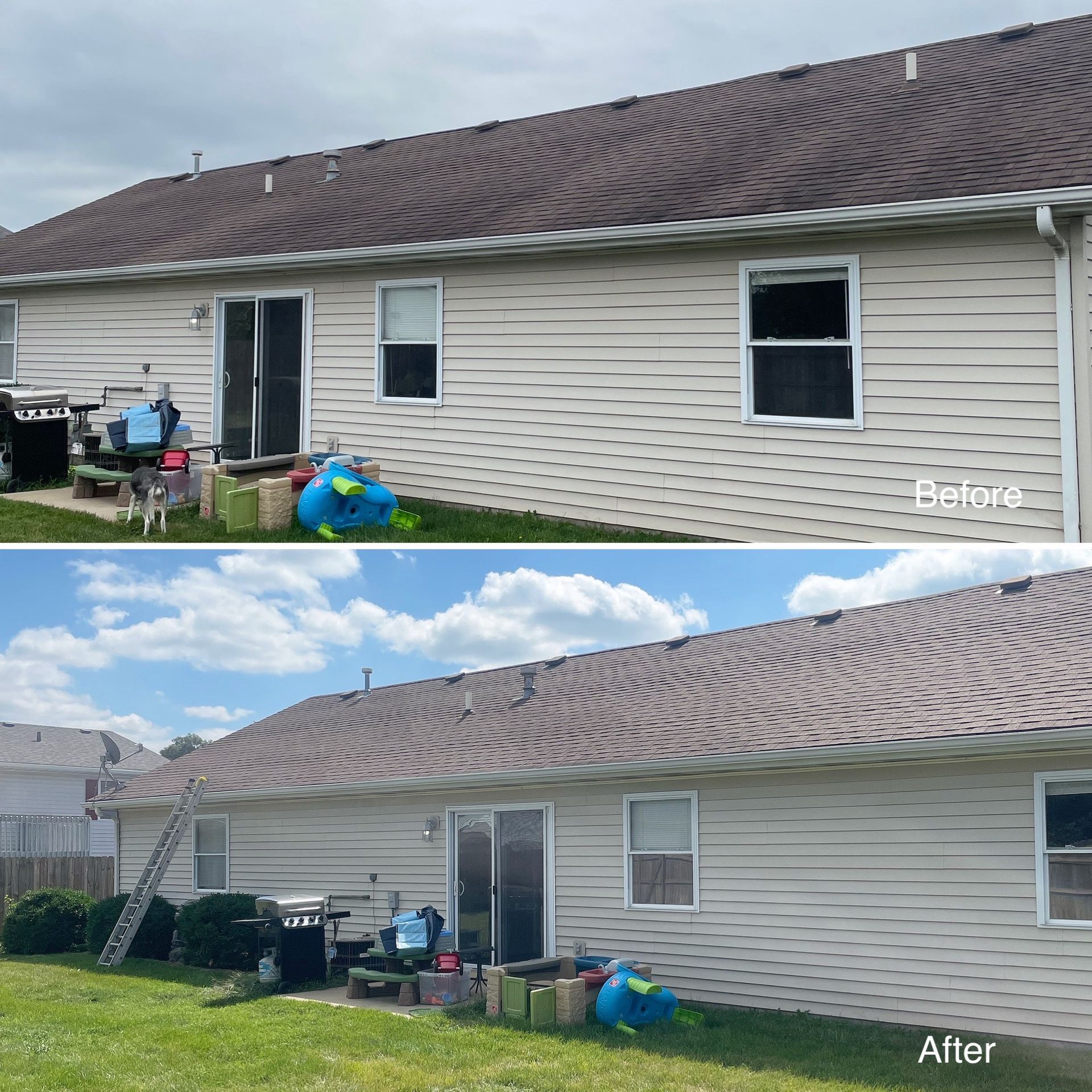The Ultimate Guide to Commercial Roof Cleaning: Benefits, Methods, and Costs
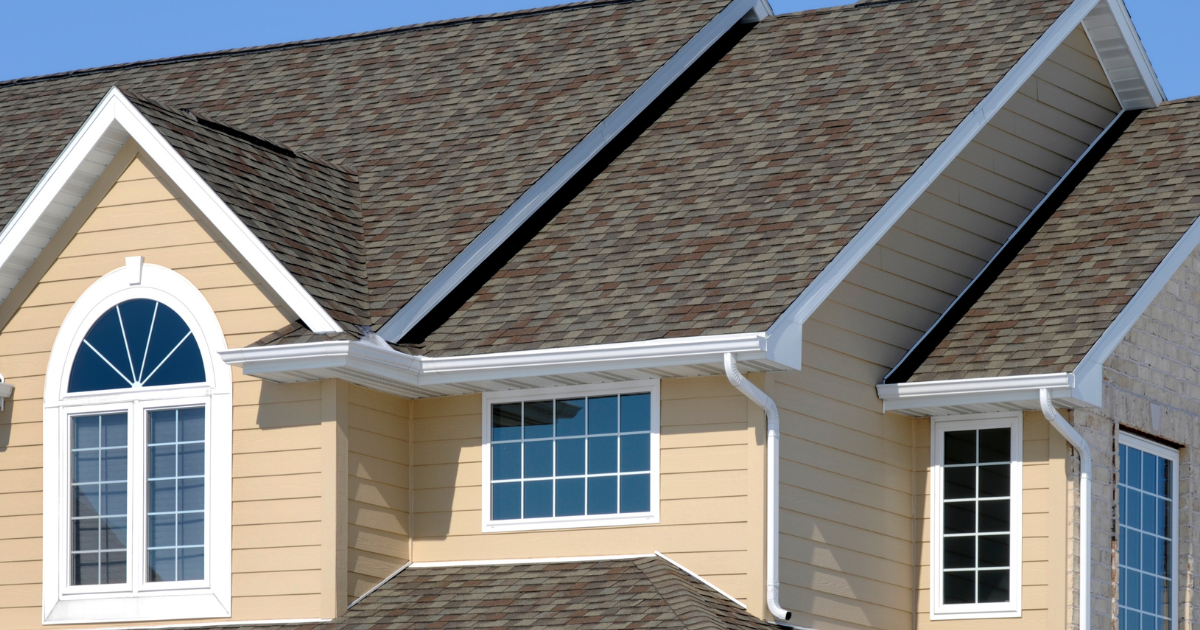
Maintaining a clean commercial roof is essential for the longevity and efficiency of any building. Over time, roofs accumulate dirt, debris, algae, and moss, which can lead to structural damage and decreased energy efficiency. In this comprehensive guide, we'll delve into the benefits of commercial roof cleaning, various cleaning methods, and the associated costs. By the end of this article, you'll have a clear understanding of why commercial roof cleaning is a critical aspect of building maintenance. Click here to get a roof cleaning quote.
The Importance of Commercial Roof Cleaning
Preserving Roof Longevity
Regular cleaning helps in preserving the integrity of the roof materials. By removing harmful substances, you prevent potential damage that could lead to costly repairs or replacements.
Enhancing Energy Efficiency
A clean roof reflects more sunlight and absorbs less heat, reducing cooling costs. Algae and dirt can cause roofs to absorb more heat, leading to increased energy consumption.
Preventing Structural Damage
Debris and organic growths can retain moisture, leading to roof leaks and structural damage. Cleaning removes these threats, protecting the building's infrastructure.
Improving Aesthetics
A clean roof enhances the overall appearance of the building, making it more attractive to clients, tenants, and visitors. It reflects the professionalism and care taken in maintaining the property.
Maintaining Warranty Compliance
Many roofing manufacturers require regular maintenance, including cleaning, to uphold warranties. Neglecting this can void warranties, leading to uncovered expenses in case of damage.
Popular Commercial Roof Cleaning Methods
Pressure Washing
Pressure washing uses high-pressure water to remove dirt, algae, and moss. It's effective but requires professional handling to avoid damaging the roof materials.
Soft Washing
Soft washing involves using low-pressure water combined with specialized cleaning solutions. This method is gentler and safer for roofs, particularly those made of delicate materials.
Chemical Cleaning
Chemical cleaning involves applying specialized chemicals that break down dirt and organic growths. It’s particularly effective for stubborn stains but must be done carefully to avoid chemical damage.
Manual Cleaning
Manual cleaning includes physically removing debris and growths using brushes and tools. This method is labor-intensive but ensures thorough cleaning without the risk of water or chemical damage.
Costs Associated with Commercial Roof Cleaning
Factors Influencing Costs
- Roof Size: Larger roofs require more time and resources to clean.
- Roof Material: Different materials may require specific cleaning methods and solutions.
- Extent of Dirt and Growths: More severe cases need more intensive cleaning processes.
- Access and Safety Measures: Roofs that are harder to access or require additional safety measures can increase costs.
Average Cost Breakdown
- Small Buildings: $200 - $500
- Medium-Sized Buildings: $500 - $1,200
- Large Buildings: $1,200 - $3,000
*These estimates vary based on the factors mentioned above and regional pricing differences.
DIY vs. Professional Commercial Roof Cleaning
Pros and Cons of DIY Cleaning
- Pros: Cost-saving, control over cleaning schedule.
- Cons: Risk of damage, lack of professional-grade equipment and solutions, safety hazards.
Benefits of Professional Cleaning
- Expertise and Experience: Professionals have the knowledge and experience to clean roofs effectively and safely.
- Quality Equipment and Solutions: Access to professional-grade tools and cleaning solutions ensures a thorough job.
- Time and Effort Saving: Professional cleaning is faster and more efficient, allowing you to focus on other business operations.
Environmental Considerations in Roof Cleaning
Eco-Friendly Cleaning Solutions
- Opt for biodegradable and non-toxic cleaning solutions that minimize environmental impact.
Water Conservation Practices
- Choose services that employ water-saving techniques, such as soft washing, which uses less water compared to pressure washing.
Waste Disposal
Ensure the cleaning service disposes of debris and runoff in an environmentally responsible manner.
Seasonal Roof Cleaning: When Is the Best Time?
Spring Cleaning
- Spring is an ideal time to clean roofs after winter, removing accumulated debris and preparing for the warmer months.
Fall Cleaning
- Cleaning in the fall prepares the roof for winter, ensuring it's free of debris and growths that can cause damage during colder weather.
Regular Inspections
- Regular inspections and minor cleanings throughout the year help maintain the roof’s condition and catch any issues early.
Conclusion
Commercial roof cleaning is a vital maintenance task that offers numerous benefits, from extending the roof's lifespan to improving energy efficiency and aesthetics. By understanding the different cleaning methods, associated costs, and the importance of professional services, you can make informed decisions to maintain your commercial property effectively. Regular roof cleaning not only protects your investment but also ensures a safe and appealing environment for everyone who uses the building.
